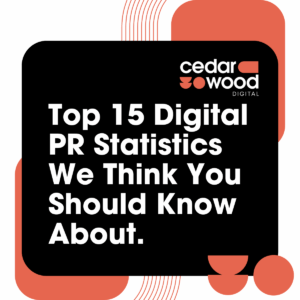Digital PR is a modern approach to public relations that focuses on building a brand’s online presence through strategic outreach, content creation, and relationship building with high-authority websites and influencers. Unlike traditional PR, which centres on media coverage, digital PR aims to generate valuable backlinks, improve search engine rankings, and enhance brand visibility across the web.
For companies, understanding digital PR is essential because it directly impacts their SEO success and overall digital reputation. High-quality backlinks earned through digital PR signal to search engines that a website is trustworthy and authoritative, helping improve rankings on search engine results pages (SERPs). This, in turn, drives more organic traffic and potential customers.
Moreover, digital PR helps companies build meaningful relationships with key online publications and influencers, increasing their reach and credibility. In an increasingly digital world, leveraging digital PR is critical for businesses to stand out, attract more visitors, and grow sustainably over the long term.
- In 2024, the typical Ahrefs Domain Rating (DR) for digital PR coverage averaged 61 (Reboot).
The average domain authority achieved through digital PR is notably higher than that of many other link-building techniques, which is why more brands are investing in digital PR services as 2025 approaches. Analysis shows that over 20% of backlinks obtained fall within the strong DR 70-79 range, making it the most common category. Additionally, around 16% of backlinks are in the mid-level DR 50-59 range, while nearly 8% boast a very high DR of 90 or above, about 28% more than those with a DR below 30. These findings demonstrate digital PR’s effectiveness in securing high-quality, authoritative links that can significantly boost SEO performance.
- In 2024, the BBC website was the UK’s leading online news source, with nearly 59% of people using it to access news. (Statista)
In 2024, the BBC website stood out as the most frequented online news platform in the UK, attracting nearly 60% of users for their news consumption. Meanwhile, approximately 20% of the population primarily relied on Sky News or The Guardian/Observer, with The Daily Mail close behind at 19%. In contrast, the US showed a more balanced distribution among online news sources that year, with local TV news leading for just over a quarter (28%) of viewers, closely followed by Fox News at 27%.
- The typical Ahrefs URL Rating (UR) for digital PR content hovers around 11 (Reboot Online).
A deeper dive into digital PR backlink data from 2024 shows that the average Ahrefs URL Rating (UR) for coverage sits at approximately 11. Notably, nearly one-third (32.96%) of the backlinks earned fell within the 13-15 UR range, while over a quarter (28.81%) were rated between 10 and 12.
- Subject lines in digital PR campaigns that included questions experienced a 13% drop in open rates compared to those without questions (Reboot Online).
Analysing over 1,000 subject lines, Reboot Online discovered that digital PR emails sent to journalists showed distinct patterns in open rates. Subject lines framed as questions saw about a 13% decrease in opens compared to non-question formats. Including keywords like ‘data,’ ‘study,’ or ‘survey’ only boosted open rates marginally by 1%. Similarly, listicle-style subject lines offered just a 1% increase over others. However, subject lines featuring buzzwords, such as celebrity names, events, or special dates, performed significantly better, driving about a 12% higher open rate. The most effective subject lines typically contain between 4 and 8 words, with the ideal length ranging roughly from 4 to 11 words.
- The global PR market is valued at over $106 billion (Super Links).
Data shows that the global PR market is currently worth more than $106.93 billion and is projected to expand at a compound annual growth rate of 6%, reaching $144.28 billion by 2028.

- Platforms used to store media lists (Super Links).
Media lists play a crucial role in digital PR efforts by helping pinpoint and connect with the most relevant journalists and media channels, thereby boosting the likelihood of gaining press coverage and expanding audience reach.
- Response rate to PR pitches is 3.15% (Root).
Analysis of 425,000 PR pitches sent to journalists in Q4 2023 reveals an average response rate of just 3.15%, equating to roughly 13,000 replies. Among those that did get a response, 70% came within the same day, with nearly 60% answered within four hours. Additionally, over 83% of responses arrived by the following day. Most news stories stemming from these pitches (65.2%) were published within three days of the initial outreach.
- 87% of journalists prefer to receive pitches via email (Root).
An overwhelming 87% of journalists favour email as their preferred method for receiving pitches, while fewer than 4% opt for any other communication channels.
- According to 60% of PR professionals, media relations management is getting harder compared to this time last year (Bluetree Digital).
- Every month in the UK, 8020 Google searches include the keyword ‘digital PR’ (Energy PR).
- Important components in securing coverage with a pitch (Superlinks).
- Types of media commonly used for pitching (Superlinks)

When launching a digital PR campaign, various media channels are typically targeted. Digital and online platforms dominate, with a striking 90% of respondents frequently using them for pitches. Traditional outlets like magazines and newspapers still play a significant role, with 66% and 63% of respondents respectively including them in their strategies. Television and podcasts also remain influential, cited by 52% and 50% of participants as key components in their media outreach efforts.
- A little over half (54%) of digital PR professionals typically send follow-up emails within 3 to 6 days following their initial contact. (Superlinks)
The overwhelming majority (92%) of digital PR professionals surveyed prefer to keep their pitch emails concise, typically limiting them to 300 words or fewer to capture journalists’ attention quickly and effectively. In addition to crafting brief initial pitches, just over half (54%) of these professionals aim to send follow-up emails within a window of 3 to 6 days after their first outreach. This approach balances persistence with respect for the journalist’s time, increasing the chances of securing a response without overwhelming the recipient.
- Around 61% of PR professionals reported using or planning to explore generative AI technology (Superlinks).
This means that a majority of PR professionals, around 61%, are already incorporating generative AI tools into their daily tasks or are planning to do so in the near future. Generative AI can help automate content creation, improve communication, and streamline various PR activities, making it a valuable resource in the industry.
- More than 50% of PR agencies struggle when trying to obtain responses from journalists (Superlinks).
More than half of PR agencies experience difficulties when trying to get responses from journalists. This challenge can slow down or even halt their efforts to secure media coverage, as timely communication is crucial for pitching stories and building relationships. Journalists often receive a high volume of pitches daily, making it harder for PR professionals to stand out and get noticed. This lack of response can lead to missed opportunities for brands to gain publicity and negatively impact the overall effectiveness of PR campaigns.

